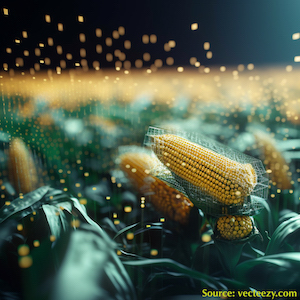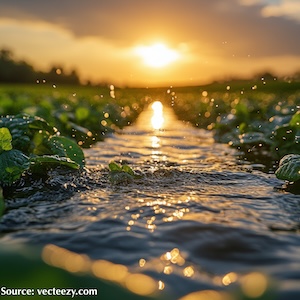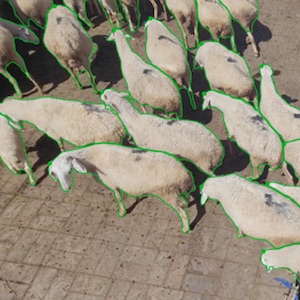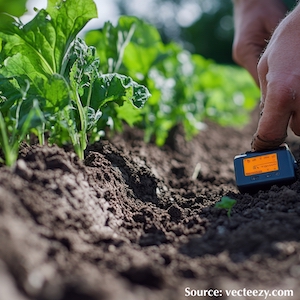Harnessing AI for sustainable agriculture: exergy efficiency optimization in maize via neighbourhood component analysis, principal component analysis, extreme gradient boosting

All claims expressed in this article are solely those of the authors and do not necessarily represent those of their affiliated organizations, or those of the publisher, the editors and the reviewers. Any product that may be evaluated in this article or claim that may be made by its manufacturer is not guaranteed or endorsed by the publisher.
Authors
Conventional analyses of agricultural energy systems often ignore the concepts of exergy degradation and irreversibilities, which results in an incomplete understanding of useful energy loss. Ignoring these factors can lead to poor input and technology choices that ultimately harm sustainability. To fill this gap, we introduce an AI-supported framework designed to predict and explicitly optimize exergy efficiency and cumulative exergy consumption (CExC), specifically in maize cultivation, by using controllable inputs. This research represents a novel endeavor, as it is, to the best of our knowledge, the first study aimed at optimizing exergy efficiency at the crop production level through the application of machine learning techniques to various input variables. This study utilizes a comprehensive input-output dataset comprising 112 observations and including seven inputs: human labor, machinery, diesel fuel, seed, fertilizer, chemicals, and water—alongside a singular output variable (output energy). The target variables, exergy efficiency and CExC, are calculated by systematically mapping energy flows into the exergy domain. Our methodological approach integrates neighborhood component analysis (NCA) for effective feature selection, principal component analysis for dimensionality reduction, and XGBoost for predictive modeling. Furthermore, the optimization of hyperparameters is conducted through a genetic algorithm to enhance model performance. Implementation of this framework was carried out in Python 3.11, utilizing libraries such as scikit-learn and XGBoost. The evaluation of model performance was conducted using three metrics: mean absolute error (MAE), mean squared error (MSE), and the coefficient of determination (R²). The study's results indicate a MAE of 1.5027, a MSE of 4.7553, and an R² of 0.99. These metrics indicate an exceptional model fit within the low-to-moderate efficiency spectrum (0-30%) while exhibiting minimal bias. Such findings suggest that the proposed framework can effectively inform sustainable input planning strategies aimed at mitigating energy waste and decreasing reliance on fossil fuels, all while preserving agricultural output. Moreover, insights derived from the analysis highlight which adjustments in labor, fertilizer, and machinery contribute most significantly to exergy efficiency gains. Additionally, the integration of economic and CO₂ metrics into the model, as well as the exploration of real-time decision support systems in field trials, would represent valuable advancements in this endeavor. Future work will focus on creating plot-level datasets that include harmonized covariates, such as soil properties, water regime, weather conditions, and pest pressure. These datasets will support causal inference and threshold estimation, fully disaggregated with separate measures for nitrogen, phosphorus, potassium, as well as diesel and electricity usage.
How to Cite

This work is licensed under a Creative Commons Attribution-NonCommercial 4.0 International License.









